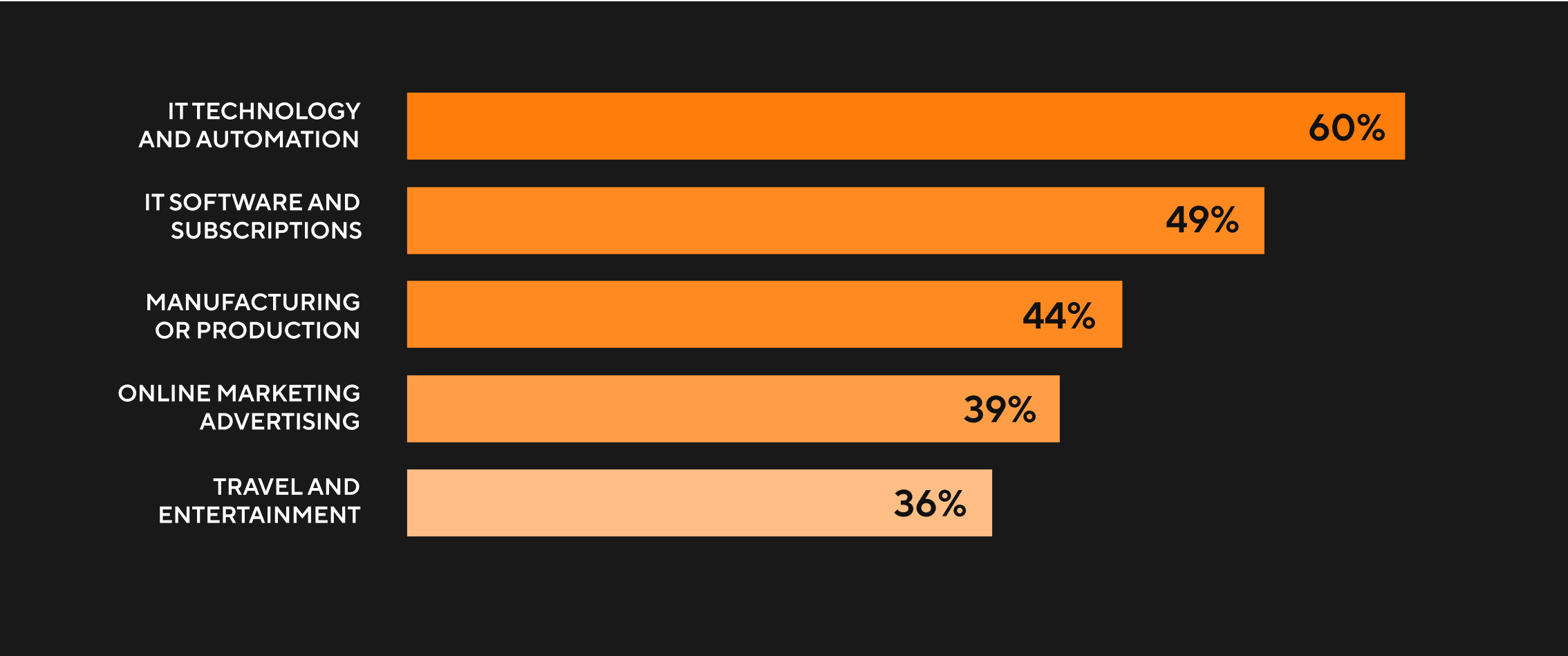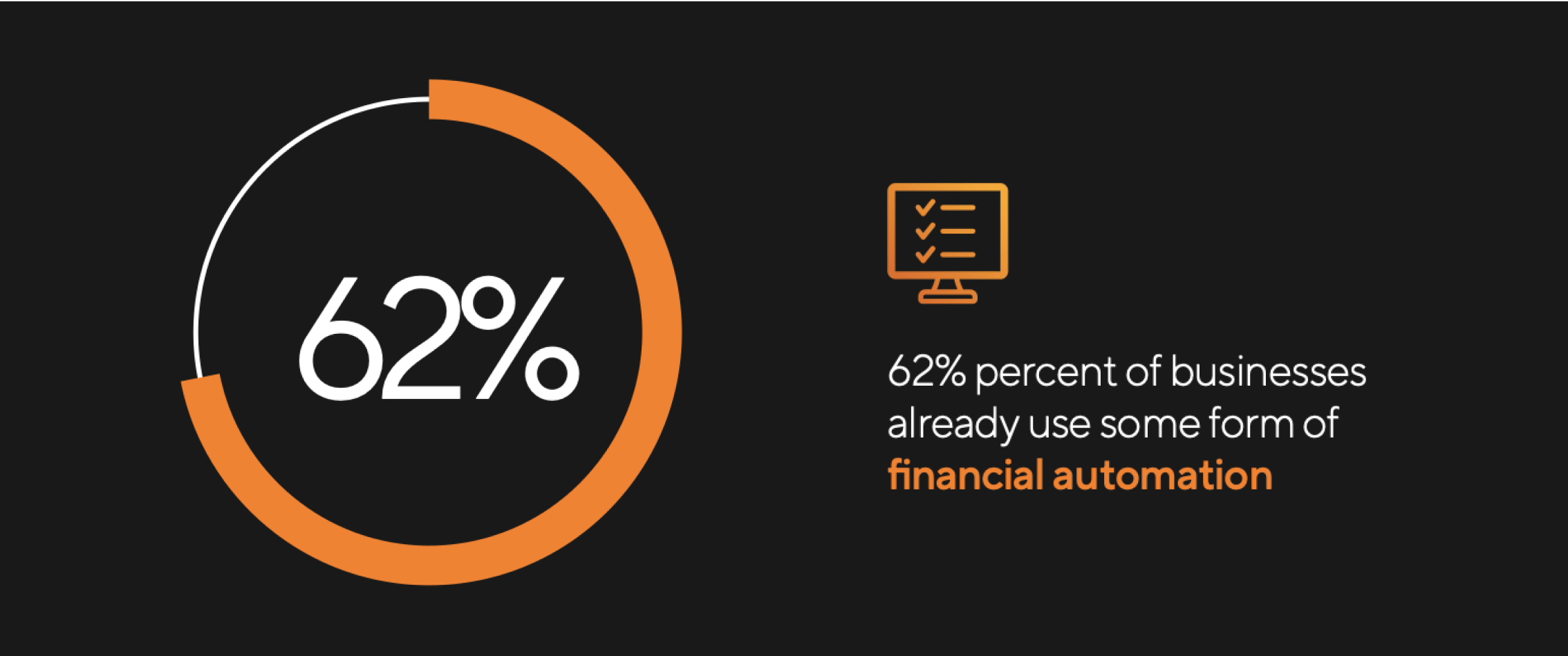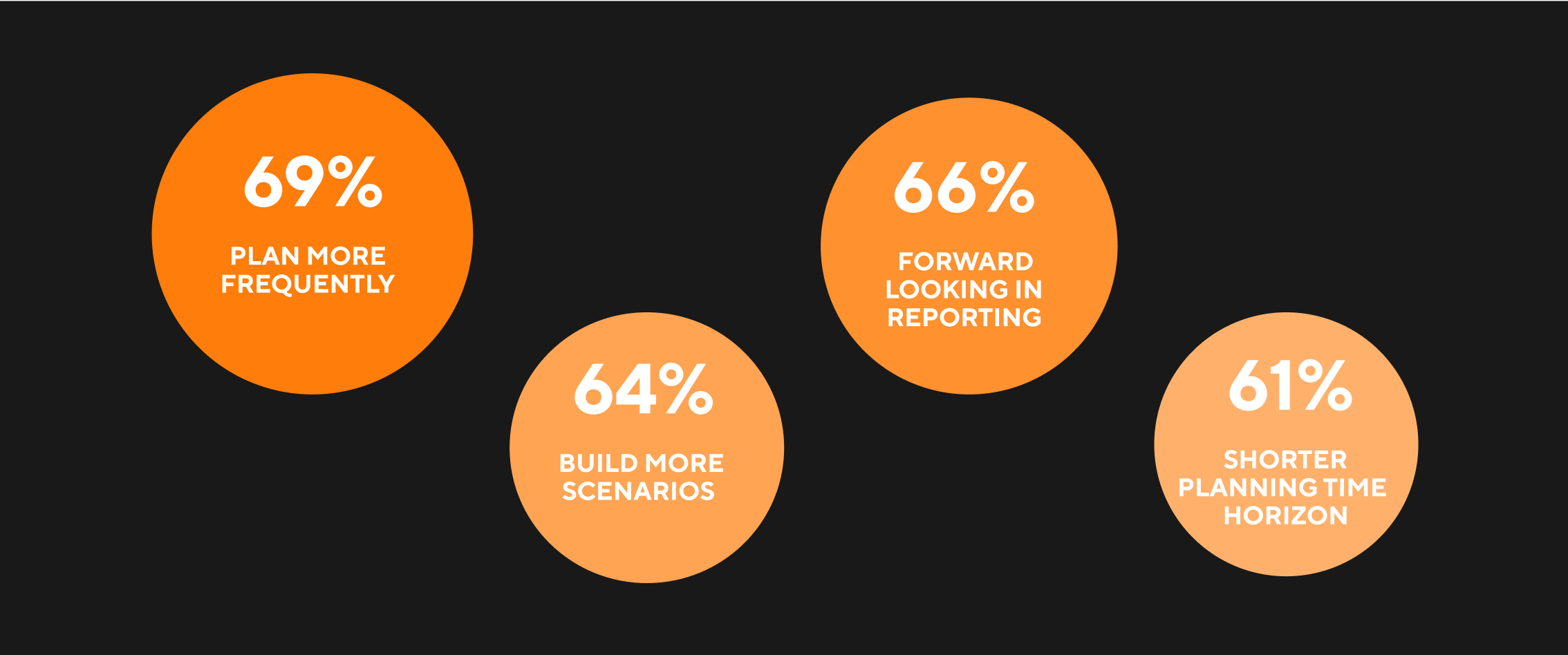Today, we see businesses throughout Europe anticipating a year of growth, with finance directors and other C-suite executives continuing to make the strategic calls that will define the next calendar year. It’s analogous to a phenomenon in nature called the ‘Superbloom’ – an explosion of flowers that can take place in specific conditions: after the ravages of wildfire, and the quenching rains that follow. For many companies, the choices made now – during this Superbloom period – could be the difference between remarkable success and bitter disappointment.
To better understand how businesses are sowing the seeds of growth, this autumn, Soldo commissioned research for small and medium-sized businesses in the UK, Ireland, Italy, Germany, France, and the Benelux region. We asked 900 decision-makers – who were either responsible for finance automation and technology solutions, or had approvals and oversight of financial supervision and business spending – for perspectives on their businesses. We also held in-depth conversations with two dozen executives across the continent.
We found most European businesses are on a growth footing, with 74% expecting an increase in revenue over the next 12 months. This wasn’t the only positive indication: more than 70% of firms are planning to increase headcount and believe their revenue-to-employee ratio will rise. Businesses are making up for lost time, increasingly ready to seize the opportunity presented by these unique market conditions.
Many of these businesses are setting ambitious targets for 2022, and the data we gathered shows that twice as many businesses are predicting growth – a strong reversal compared to actual results in 2020. Thankfully, the finance functions that support these businesses have a strong track record of accurately predicting performance. For businesses that grew last year, actual growth was estimated at 8%, compared to a 10% projection. A narrow delta of 2% signals the aptitude of those teams, demonstrating their ability to navigate businesses through uncertain times.
Which investments will accelerate growth?
We also examined how businesses have been affected by the disruption and challenges of the past two years, showing how the pandemic is both accelerating changes that were already in motion and inspiring new ones.
Controlling costs is a popular strategy. The vast majority of businesses (87%) made active (albeit mostly minor) cuts during the pandemic as they adjusted to a rapidly changing market. Most of those businesses have reversed those cuts as we head into pandemic recovery.
Importantly, companies gearing up for 2022 are taking a more strategic approach to spending. Businesses are investing prudently – investments are more targeted in key areas where they will create the most value. We found the most cited areas for spending and investment to drive profitability were IT technology and automation (60%) and IT software and subscriptions (49%).
What growth strategies and growth drivers will be deployed to achieve goals? The most common means of growth come from organic growth (55% in current plans), launching new product areas (51%) and new product features (44%). To meet these ambitious goals, businesses are willing to allocate scarce resources where there is the promise of a return.
What financial technology tools and automations will drive bottom-line impact?
Most businesses have already embarked on a broader corporate strategy towards digitisation and automation. 62% percent of the businesses surveyed use some form of financial technology and automation. For smaller firms, automation is primarily a way to reduce headcount. For large firms, reducing headcount is also coupled with the integration of artificial intelligence into supply chain management. This helps to manage complexities involved in the processing of greater volumes of data and analytics required to uncover insights.
How do companies drive profitability through expense management?
Most respondents in our survey believed that their ability to harness more visibility, control, and oversight across business expenditure, would generate maximum positive impact to their business. In our survey, 64% believe better visibility and more control of expenses will drive revenue growth. Furthermore, businesses believe that such optimisation will significantly impact the business’s ability to mitigate risk, optimise cash flow, and improve capital allocation.
Investments in financial technology, particularly in spend management, provide solutions that address these needs. Our respondents demonstrated a preference for smart cards over and above credit cards as a means of managing business spending needs. Soldo is already a partner to many businesses on this journey, helping them to incorporate the latest fintech innovations for top-down control and visibility of all expenditure.
How do companies improve forecasting results to drive revenue growth?
Businesses are setting ambitious targets for next year. Thankfully, the finance functions that support them have a strong track record of accurately predicting performance. For businesses that grew last year, we found their actual growth was 8%, compared to a 10% projection.
Investments in the finance function, a more granular approach to planning, and a focus on areas of the business that promote growth, will be key to ensuring businesses like yours meet their goals next year.
What can businesses do to build high-performing teams and business resilience?
Our findings echoed what we’ve heard in direct conversations with financial leaders on our Soldo podcast, The CFO Playbook. The role of the finance director is evolving, and for many is now evolving beyond backwards-looking reporting towards increasingly sophisticated ways of preparing for growth.
Businesses are now planning with greater dynamism. We found 69% of businesses are planning more frequently than before the pandemic. Some organisations moved from a once-a-year reporting exercise to twice-a-year, and still others even more frequently. They are also looking at a wider variety of possibilities – 64% of organisations said they are choosing to build in more scenarios based on market disruption compared to before the pandemic.
Gain insights to unleash your potential in 2022
Download the Superbloom report for insights into the attitudes of other finance leaders. You’ll learn how they’re preparing to take advantage of technology, automation, and strategy to maximise growth in a uniquely poised market.
Our five take-aways turn these insights into actions you can take today, as you build a resilient, growth-minded business.
To read them and the entire report, including detailed data-centric breakdowns of key findings as well as observations from more than a dozen European executives.














